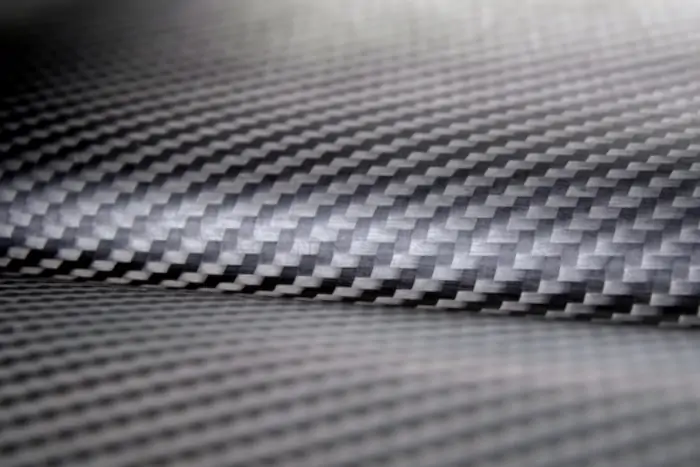
How does surface inspection automation reduce inspection time?
On most composite manufacturing lines, operators carry out quality control using manual tools or by visual inspection. Thus, the automation of artificial vision inspection offers vast options to optimize manufacturing processes and to reduce inspection time.
Artificial vision solutions refer to optical technologies composed of sensors (camera + light source) that are linked to a dedicated software. The image of the surface of the inspected part is analyzed by the software algorithms.
Artificial vision control systems allow:
- To identify what the human eye cannot detect, repeatedly and reliably
- To differentiate a compliant product from a defective product
- Remove defective products from the production flow
- To carry out adjustments or repair operations when possible
Integrated on production lines, these solutions meet the needs for producing defect-free composite materials as well as the need to reduce inspection times.
Every manufacturing process has its matching solution for quality control
Inspection of the material in its raw state
The integration of sensors into machines for laying webs made of woven, braided or pre-impregnated material enables in-line inspection. Depending on the machine configuration, the system inspects one or both sides of the material. It measures and determines:
- The orientation of the fiber
- Weaving defects
- Lack of fiber
- Fold defects
- Gaps and tears
- Inclusions
- Defects such as deburring, delamination, etc.
Material inspection each time composite preforms are placed
The preforming process consists of handling, with an automated system, a preformed ply of composites and placing it on a mold. During these “pick and place” operations, the machine checks the quality of the material before placing it on the mold using artificial vision sensors. The system measures and determines:
- The positioning and orientation of the fold
- Weaving defects
- Lack of fiber
- Fold defects
- Gaps and tears
- Inclusions
- Defects such as deburring, delamination, etc.
In-line inspection for AFP–ATL processes
(AFP = Automated fiber placement, ATL = Automated tape laying)
Robots or fiber deposition heads equipped with sensors scan the surface to be inspected during manufacturing. This set-up saves the images via the software and carries out automatic processing. The system detects:
- Gaps
- Splices
- Fiber folds
- Twists or curls
- FODs
Inspection systems locate defects so parts can be corrected quickly.
Technical characteristics of automated inspection solutions
- Compact sensors designed for carbon dust environments
- Integration on the dispersion head
- Processing system in a fanless computer rack (industrial PC, image processing and video interconnection card, communication cards with the line PLC and factory network)
- SPC: results in a database in customer export format.
- Control of all types of materials: fiberglass, thermosetting, thermoplastic, carbon fiber, ceramic.
Conclusion
Increasing production rates requires quality control at each stage of the process. The automated inspection using artificial vision of composite materials becomes an essential step for reliable and rapid quality production. These different contactless and automated control solutions guarantee a short-term return on investment.
Do you have a question, a need or a project? Contact us!
This article was originally published by Edixia Automation, now part of Testia
